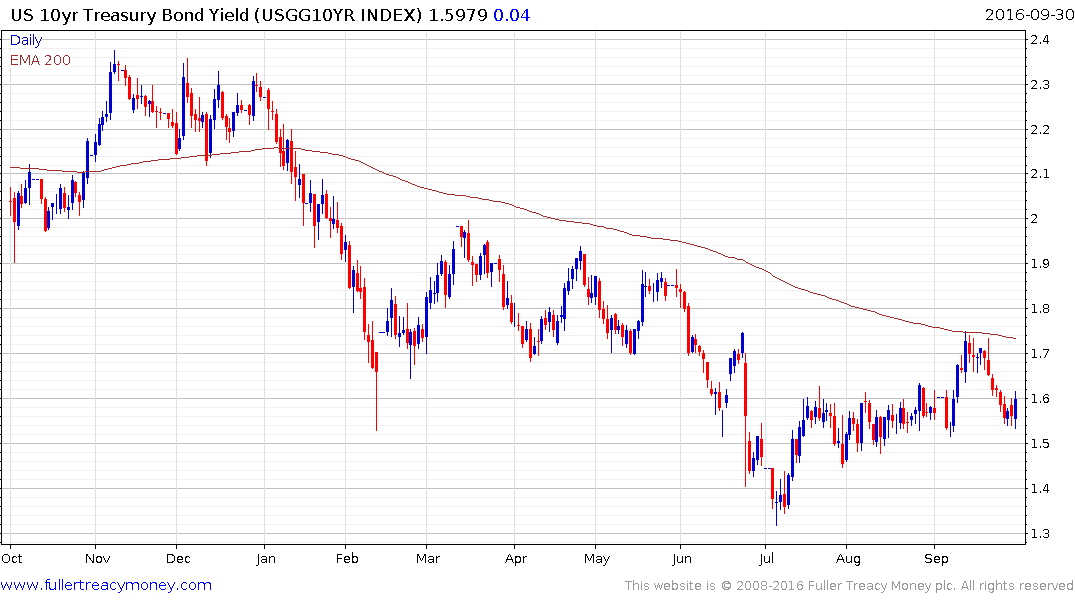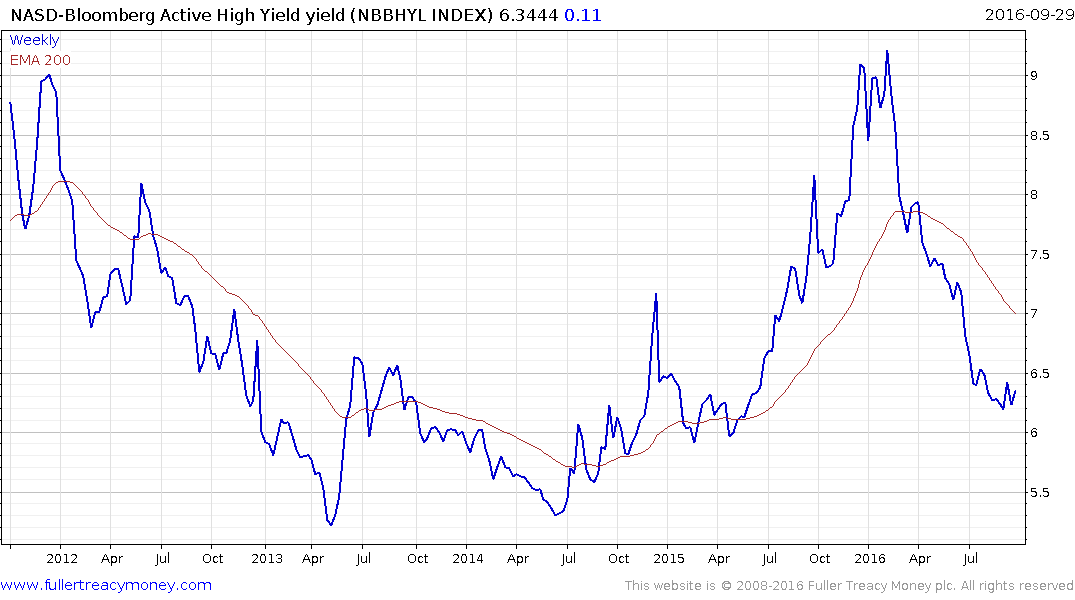Ultra-Easy Money: Digging the Hole Deeper?
Thanks to a subscriber for this excellent summary of the rationale, effects and repercussions of loose monetary policy. Here is a section:
These are not just theoretical considerations. The BIS Annual Report of 2014 sounded the alarm when it noted that the level of debt in the AMEs (sum of corporate, household and governments) was then significantly higher than it had been in 2007. Moreover, it has since risen further, to over 260 percent of GDP. This increase has prompted the question “Deleveraging? What deleveraging?”18 This suggests that, by following polices that have actively discouraged deleveraging, we may instead have set ourselves up for an even more serious crisis in the future.
As for the history of economic thought, Keynes himself said in Chapter 13 of the General Theory (1936) that monetary stimulus was likely to be ineffective; “If, however, we are tempted to assert that money is the drink that stimulates the system to activity, we must remind ourselves that there may be several slips between the cup and the lip”. This conclusion marked a sharp change from the policy changes he had recommended in the Treatise on Money (1930). Hayek (1930, p21) went even further in suggesting that monetary easing would actually hold recovery back. “To combat the depression by a forced credit expansion is to attempt to cure the evil by the very means which brought it about”.
And
The BIS Annual Report for 2016 also highlights a number of persistent market anomalies27. Not only do they indicate price distortions and potential misallocations but could also indicate underlying structural developments whose full implications for market liquidity are not yet obvious. Recall the plight of European banks in 2008 who had borrowed dollars from money market mutual funds in the US. When this source of funding dried up, the Federal Reserve was forced to reopen US dollar swap lines that it had closed only a few years earlier. All that can be said with certainty, is that we are in uncharted territory when it comes to market functioning.
And for the record, it should be noted that central bank policies might have had other downsides as well. First, with income distribution already a source of great concern (due mainly to changing technology and globalization) the recent stance of monetary policy has likely made it worse. The rich own most of the risky financial assets whose prices have increased the most. Conversely, the middle classes mainly hold the less risky interest-bearing assets whose yields are at record lows. While central banks seem increasingly aware of these effects29, what can be done about them is another issue
Here is a link to the full report.
I think we can all agree that the introduction of extraordinary monetary policy helped to avoid a much deeper economic contraction but has also led to distortions in how markets function and contributed to asset price inflation. There are substantial questions about what the eventual normalisation of policy might look like but equally important are considerations of what a further intensification of extraordinary policy might look like.
The Fed is very gradually moving towards raising rates again. The bond market is still capable of rallying when equity market volatility picks up but the effect has moderated and today’s upside outside day in 10-year Treasury yields suggests more sellers than buyers when demand for a safe haven declines.

If we see follow through next week and yields are soon trading above the trend mean we can conclude that a higher reaction low has followed the failed break to new lows in July. That would strongly challenge the consistency of a more than yearlong trend of compression in yields.

The NASD-Bloomberg Active High Yield Index compressed steadily from over 9% late last year to a recent low near 6.25%. A break in its sequence of lower rally highs would be required to signal a return to supply dominance.


